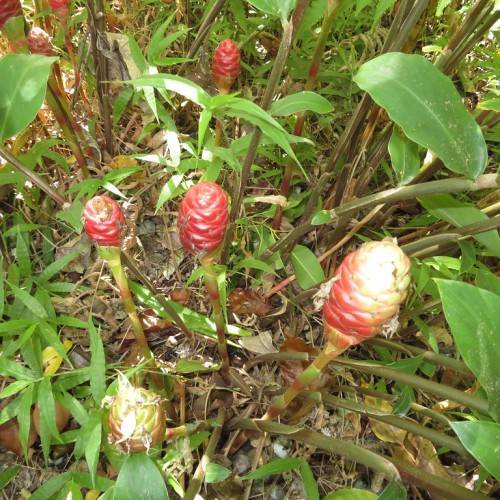
bitter ginger
Zingiber zerumbet
Cycle:
Herbaceous Perennial
Watering:
Frequent
Hardiness Zone:
8 - 10
Flowers:
Flowers
Sun:
full sun,part shade
Leaf:
Yes
Growth Rate:
Low
Maintenance:
Moderate
Drought Tolerant:
Yes
Salt Tolerant:
Yes
Tropical:
Yes
Care Level:
Medium
watering
Bitter ginger should be watered regularly and evenly, but not excessively. Water the plant when the top few inches of the soil have become dry. Deep water the plant until the water comes out of the bottom of the pot to ensure the roots receive moisture. Allow the soil to mostly dry out before watering again. Generally, bitter ginger should be watered every other day or every 2 to 3 days.
sunlight
Bitter ginger (Zingiber zerumbet) is a tropical plant, native to Southeast Asia, that prefers bright, indirect sunlight for 6-8 hours per day. During periods of high heat, it is best to provide direct sunlight for no longer than 4 hours per day. Additionally, when it is exposed to direct sunlight for long periods of time, the leaves may start to burn. To prevent this, ensure to monitor the plant’s exposure to direct sunlight.
pruning
Bitter ginger (Zingiber zerumbet) should be pruned in late winter or early spring before the new growth of the season begins. Prune no more than 1/3 of the foliage at a time so that the plant does not become weakened and can continue to thrive. Dead, damaged, and overcrowded stems can be removed to promote health within the plant. Clean and sharpened pruning tools should be used to ensure a tidy job and reduce the chance of disease transmission.
